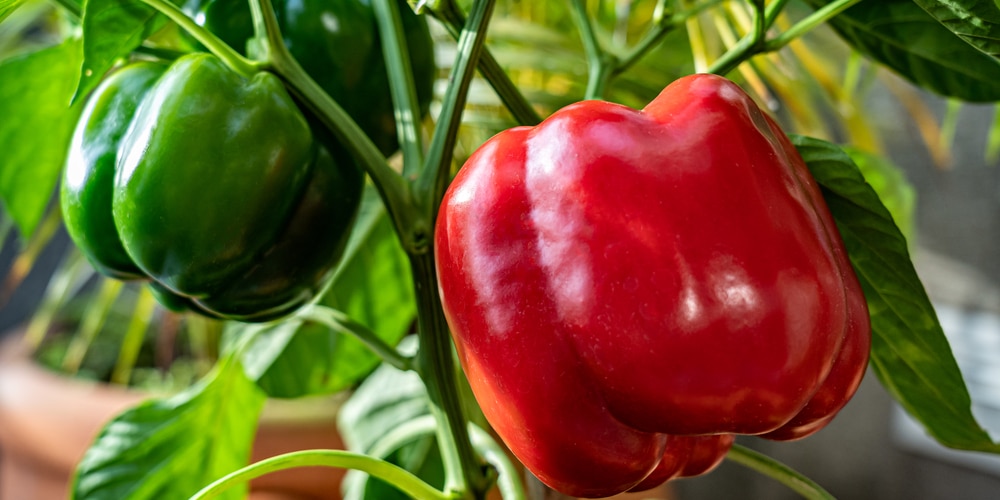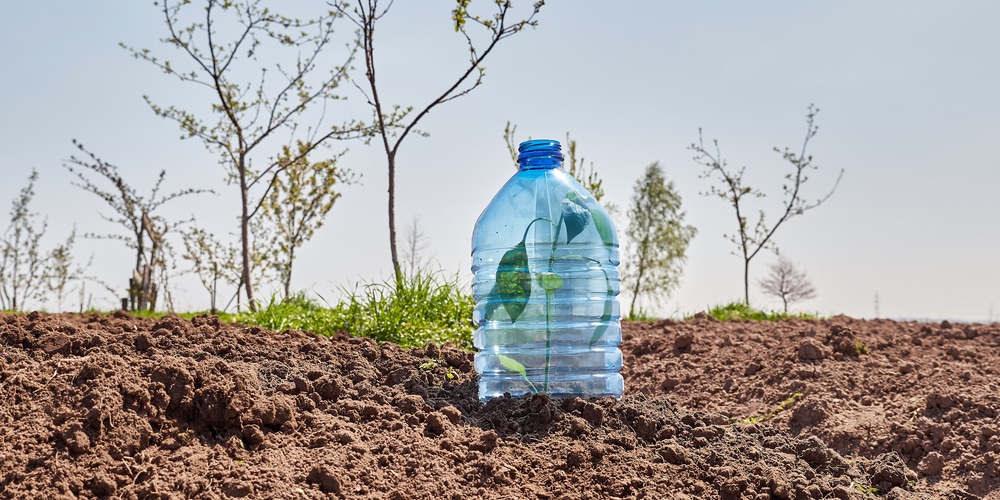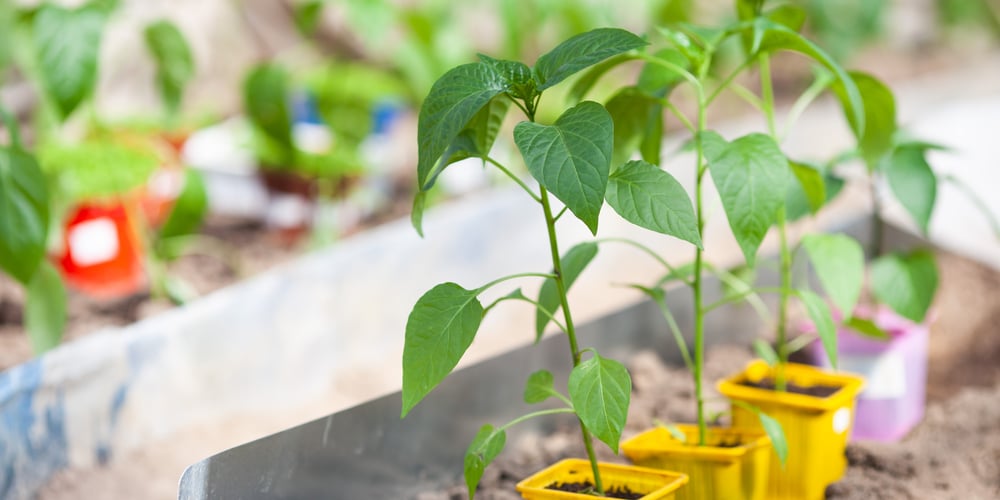Growing a vegetable garden will give you a constant supply of delicious veggies. However, it takes time and effort to get satisfactory results. And even then, sometimes things don’t go as you expect.
After all, growing vegetables entails much more than watering your plants once or twice a week. Besides that, you’ll also have to ensure you provide them with the appropriate nutrients, keep weeds and pests out of the way, and take adequate measures to prevent diseases.
But what does it mean when your plants grow slower than you expect? For instance, what might be causing your pepper plants’ slow growth? Keep reading to learn everything you need to know on the subject!
Why Are Your Peppers Growing Slowly?
Many factors might result in your peppers growing slowly. Remember that these veggies are native to the tropical regions of South America, meaning they won’t perform well at cool temperatures. Indeed, cold environments might stunt their growth.
Additionally, inadequate growing conditions might also cause these plants not to grow as quickly as they should. For this reason, you should pay attention to your watering schedule, ensure the soil conditions are ideal and plant your peppers in the right environment.
But jump to the following sections to learn more about why your peppers might be growing slowly. We have good news for you: slow growth is a common problem, but you can fix it by taking the appropriate measures.
Cold Environment
One of the most common reasons for halted growth in peppers is low temperatures in the soil (and the surrounding environment). Indeed, peppers are warm-weather crops that prefer high temperatures and struggle with the cold.
Avoid exposing them to temperatures below 60°F. Frost will severely damage (or even kill) your veggies, so don’t forget to adequately protect them (or bring them indoors) to prevent issues.
Lack Of Nutrients
Another common cause for your peppers growing too slowly is the lack of nutrients in the soil. Consider amending the soil with organic material to increase the nutrient content.
To stay safe, do a soil test: it will help you understand which nutrients might be lacking. Because peppers need plenty of phosphorous to produce healthy crops, you may have to purchase a suitable fertilizer.
Since they also need nitrogen, you can get a balanced (slow-release) product. Don’t forget to follow the instructions you find on the product’s label: too much of a good thing might harm your plants!
Also, keep in mind that the pH levels will also affect the health of your plants: take measures to bring the range between 6.5 and 6.8. Too high or too low pH can make nutrients unavailable to plants, which will cause growth issues.
Inadequate Watering
Following an adequate growing schedule will determine the health of your peppers. Too much or too little moisture might cause your veggies not to develop correctly.
For instance, overwatering might stunt the plant’s roots, making them more susceptible to drought, diseases, and attacks from pests. Also, too much moisture will create the ideal conditions for fungal infections, which might cause root rot and, eventually, kill your peppers.
Plant your peppers in well-draining soil and feel the ground with your fingers before watering them: if it’s not dry, wait for a couple of days.
Also, your plants will suffer from a lack of moisture. Too little water might result in nutrient deficiencies and slow down your peppers’ growth.
Inappropriate Location or Shock
Peppers need plenty of sunlight to thrive and produce abundant crops. Plant them in a location that receives at least 6 hours of direct sunlight each day. Without it, they might grow slowly (if they grow at all).
If you don’t have a garden, consider getting some grow lights: it will allow you to provide your peppers with the amount of light they need.
Additionally, treat your seedlings with care when you transplant them outdoors. Handling them without attention might cause transplant shock, which will result in their inability to adapt to the new environment.
Before exposing seedlings that you have started indoors to external conditions, consider hardening them. The process is simple but effective: all you have to do is take the seeds outside gradually and increase the exposure to the external elements for a few hours each day.
Do so until they can thrive in their new position, and they will have few issues with pests and infections.
Related Article: Pepper Seedlings Turning Yellow


